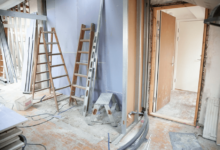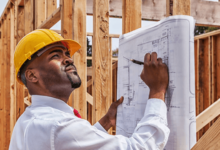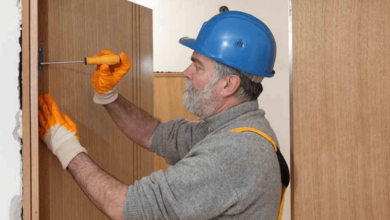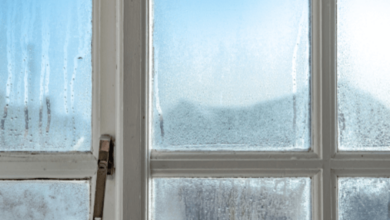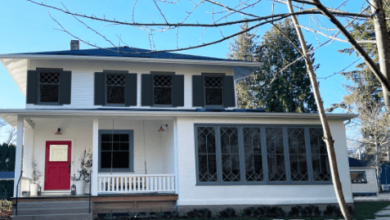Why safety cannot be overlooked in home elevators
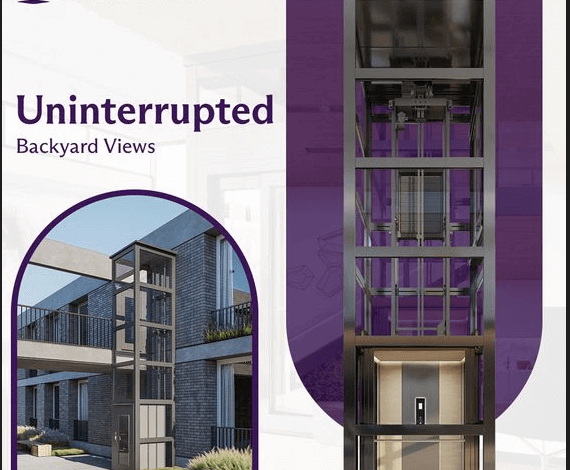
In the modern era of smart homes and advanced technology, home elevators have become an integral part of many households. However, with this convenience comes a significant responsibility – ensuring the safety of its users. This blog post aims to shed light on the importance of safety for home elevator users, discussing potential risks, highlighting critical safety measures, and providing practical tips for maintaining a safe home elevator environment. Whether you’re considering installing a home elevator or already have one, understanding and prioritising safety should be at the top of your list.
The Importance of Home Elevator Safety
Home elevators, while a convenient and modern addition to homes, present a unique set of risks and dangers that homeowners must be aware of. These risks primarily stem from the mechanical nature of the elevators, which can lead to malfunctions or accidents if not properly maintained. For instance, a power outage can render the elevator inoperable, trapping passengers inside. Similarly, poor maintenance can lead to mechanical failures, posing a risk of injury or even death. Furthermore, the confined space of an elevator can exacerbate panic or claustrophobia, particularly in emergencies. These potential dangers underscore the critical need for robust safety measures in home elevators. Such measures may include regular maintenance and inspections, emergency lighting and communication systems, and safety training for users. By prioritising safety, homeowners can mitigate these risks and ensure their home elevators are a source of convenience and comfort, rather than a potential hazard.
Understanding Home Lift Safety Measures
Safety measures are crucial for ensuring the safety of your home. Several safety measures can be implemented in home lifts to lessen and even avoid potential risks.
- Sensors – Sensors are key components in home lift safety. If your home lift faces any obstructions in its path, the sensors will alert you, preventing mishaps before they occur.
- Emergency stop buttons – Emergency stop buttons allow you to immediately halt the home lift’s movement, providing a sense of security and control to the passengers. Due to the urgency of their nature, they are strategically placed within easy reach of all passengers.
- Additional safety features Apart from these two, automatic doors ensure the home lift does not move while the doors are open. A manual key is another safety feature that can be used in emergencies. If all the automatic functions do not work, you can use the key to open the doors of the home lift and exit it for safety until further help arrives.
These features work together to create a safe and secure environment for passengers. By understanding and implementing these safety measures, you can ensure your home lifts are reliable and safe to use.
Compliance with National and International Regulatory Bodies
Compliance with safety standards and regulations is the foundation of a secure home lift system. Home lifts must adhere to recognised safety standards such as ASME A17.1 and European home safety codes like machinery directives and European Norms. The code-compliant home lifts denote that safety has been calibrated into every level of the manufacturing, installation, and use process. Choosing certified home lifts ensures that they meet rigorous safety criteria, providing you peace of mind.
Why Professional Installation is Necessary For Residential Lifts
We cannot overstate the importance of professional installation. Licensed and experienced professionals play a crucial role in the safe and proper installation of residential lifts. As a homeowner, you should carefully vet elevator installation companies and check their credentials and customer reviews to ensure a reliable and secure installation. You must also schedule regular professional maintenance and inspections to identify and address potential safety concerns before they become troublesome.
How Design Plays a Crucial Role in the Safety of Residential Lifts
Residential lift safety begins with incorporating design features focused on preventing accidents and ensuring passenger well-being. Keep an eye out for design elements like emergency communication systems which provide 24/7 connectivity for emergencies. Additionally, design components, such as non-slip flooring and handrails offer you stability and reduce the risk of slips and falls during transit. Lastly, door sensors and safety interlocks are integral components that prevent door-related incidents, offering an extra layer of protection.
User Education and Awareness
Empowering users with knowledge is a fundamental aspect of residential lift safety. A trustworthy residential lift brand will provide comprehensive user manuals, guidelines, and coherent product demonstrations to ensure you are aware of proper operation and safety protocols. Regular safety drills, including simulations of emergency scenarios, can also help you and your family become familiar with evacuation procedures, enhancing overall preparedness.
Emergency Preparedness:
You can take additional steps to enhance emergency preparedness in the event of power outages or other unforeseen circumstances. Installing backup power systems, such as an uninterruptible power supply (UPS), ensures that home lifts remain operational during power failures. During power outages, automatic lowering features add an extra safety layer, gradually bringing the lift to the nearest floor.
Smart Technologies for Enhanced Safety:
The integration of smart technologies elevates home elevator safety to a new level. Internet of Things (IoT) devices, including smart sensors, enable predictive maintenance, identifying and addressing potential issues before they escalate. Remote monitoring and control through mobile applications provide homeowners with real-time insights into their home elevators, ensuring optimal performance and safety. Voice-activated controls not only enhance accessibility but also address security concerns, offering a hands-free and secure alternative for users.
In conclusion, the installation of home elevators can significantly enhance the quality of living in multi-level homes. However, ensuring the safety of these systems should be the top priority of not only you but also the brand itself. By prioritising compliance with safety standards, investing in professional installation and regular maintenance, incorporating design features for enhanced safety, educating users, and embracing smart technologies, you can create a safe and secure environment with your home lifts. With these measures in place, you can confidently enjoy the convenience and luxury that home elevators bring to living spaces, knowing that your safety is never compromised.
Switch to Elite Elevators and our range of safe home lifts Now Mangalore:
In association with TK Access Solutions, Germany, Elite Elevators offers Indian homes the safest home lifts in Managore. With 5+ safety mechanisms including backup power supply, certification from Safety Integrity Level (SIL) 3, and code compliance with European Home Safety Standards machinery directive 2006/42/EC and EN 81-41, our home lifts take your safety very seriously.
With Elite Elevators, safety for you and your family takes priority. Make the change now. Call us (9361613131) to get started today.



